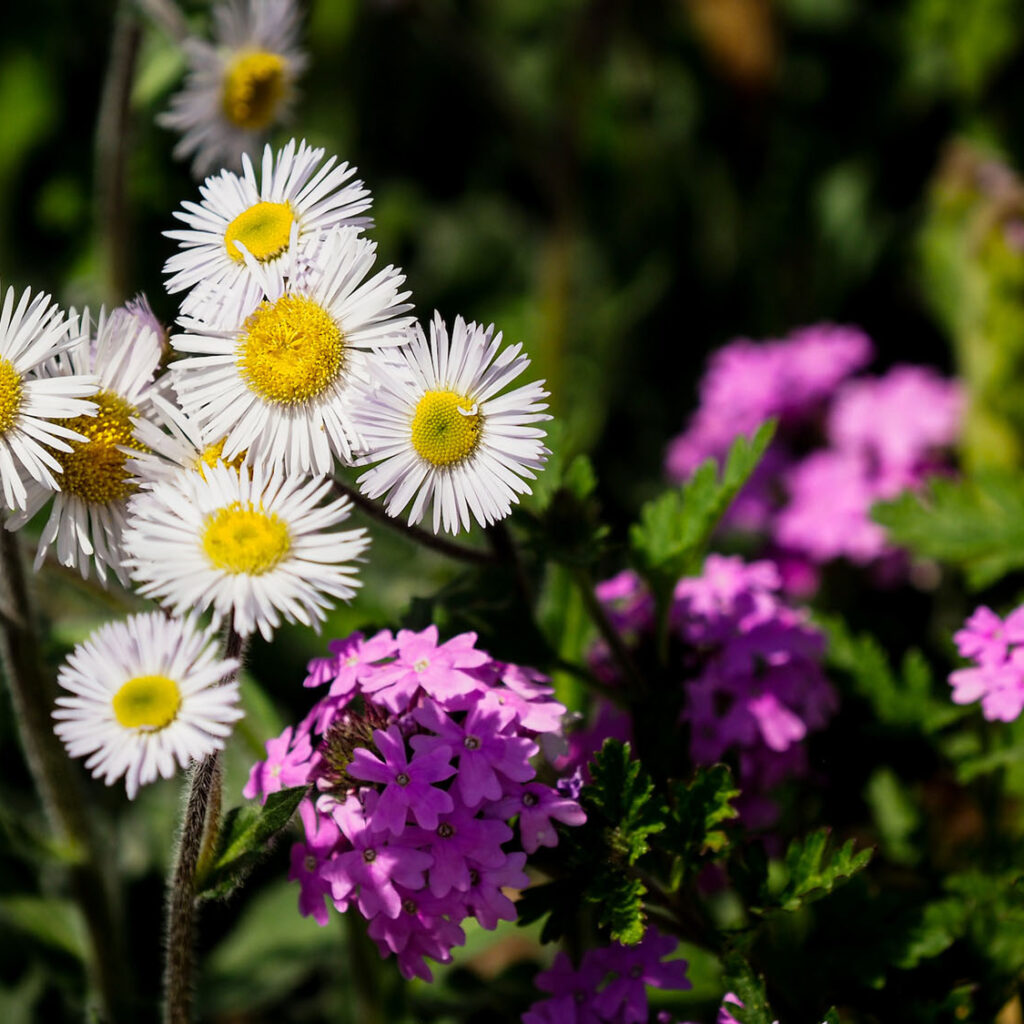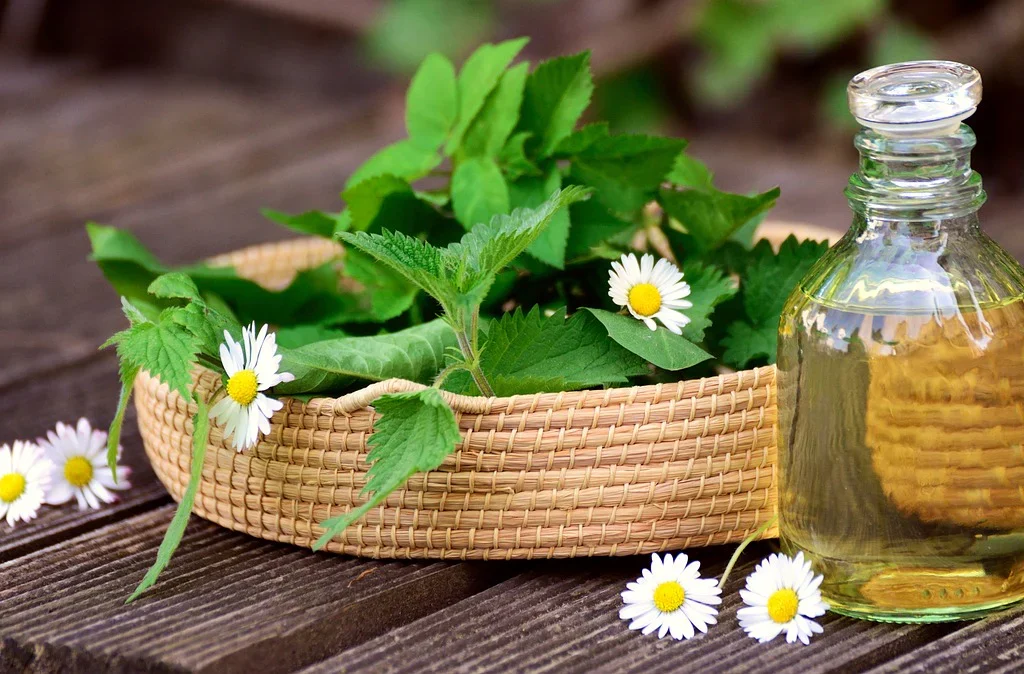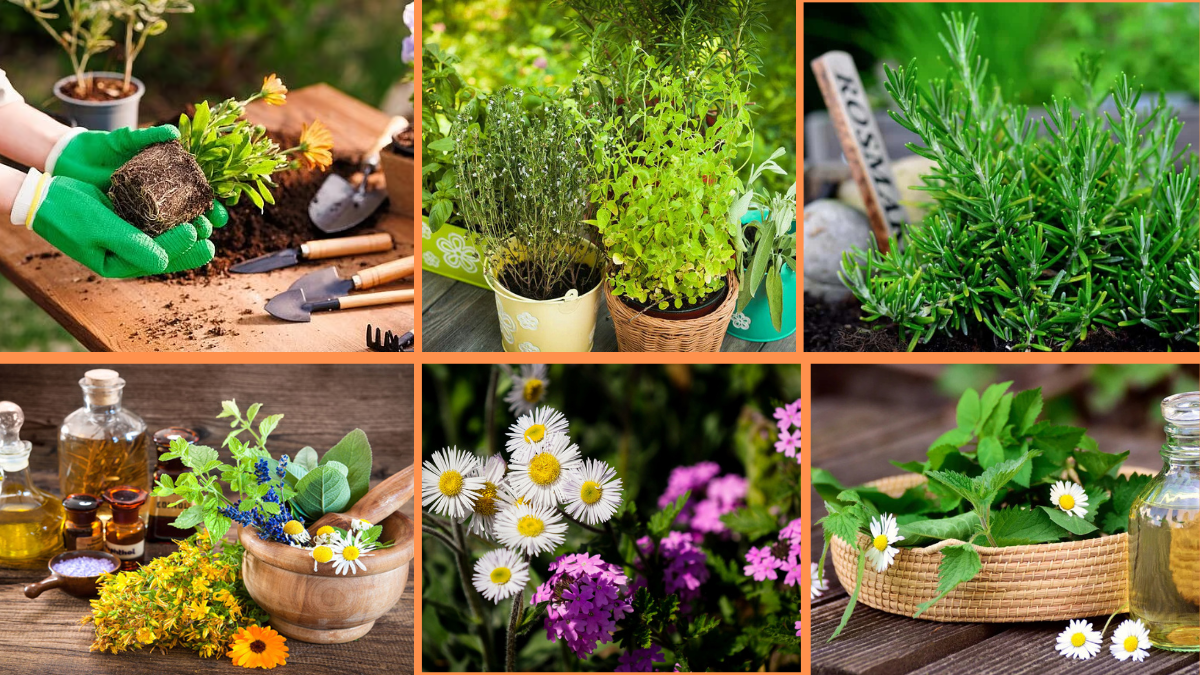For centuries, people around the world have turned to medicinal plants and flowers not just for their beauty, but for their healing properties. From soothing teas to skin-saving balms, these natural remedies have long been part of folk medicine and modern herbal practices. Today, cultivating your own medicinal plants at home is not only rewarding but also a sustainable way to reconnect with nature’s pharmacy.
Whether you have a large garden or a small balcony, you can grow powerful medicinal plants that can uplift your health, fragrance your home, and beautify your space. Here’s a detailed guide with 10 expert tips to successfully grow medicinal plants and flowers in your garden.

1. Choose the Right Plants for Your Climate and Purpose
Before planting, it’s essential to select plants suited to your local climate, growing conditions, and your personal needs. Medicinal plants vary widely — some thrive in dry, sunny areas, while others prefer shady, moist environments.
Popular Medicinal Plants and Their Uses:
- Aloe Vera: Soothes burns, skin irritation, and wounds.
- Lavender: Calms anxiety, aids sleep, and heals minor cuts.
- Chamomile: Relieves digestive issues, promotes relaxation.
- Peppermint: Eases nausea, indigestion, and headaches.
- Calendula: Anti-inflammatory, soothes skin rashes and cuts.
- Echinacea: Boosts immunity, fights colds and infections.
- Holy Basil (Tulsi): Reduces stress, improves immunity.
Choose plants you’ll actually use in teas, ointments, or tinctures, and make sure they suit your growing conditions.

2. Understand Soil and Sun Requirements
Like any plants, medicinal varieties have specific needs for sunlight, soil type, and moisture. Take time to understand each plant’s preferences for optimal growth.
General Guidelines:
- Sun-Loving Plants: Lavender, Echinacea, Peppermint.
- Partial Shade Lovers: Lemon Balm, Chamomile, Calendula.
- Well-Drained Soil: Most medicinal herbs, especially Mediterranean varieties like Rosemary, Sage, and Thyme.
- Rich, Moist Soil: Aloe Vera, Mint, Holy Basil.
Test your garden soil’s pH and structure if possible, and amend it with organic compost, sand, or mulch as needed.

3. Start Small and Expand Gradually
If you’re new to growing medicinal plants, begin with a handful of easy-care herbs and flowers, then gradually add more as you learn their needs and uses. This approach prevents feeling overwhelmed and ensures better care for each plant.
Beginner-Friendly Medicinal Plants:
- Aloe Vera
- Peppermint
- Lavender
- Calendula
- Chamomile
These plants are forgiving, adaptable, and offer multiple health benefits.

4. Use Organic Growing Practices
Since you’ll be using these plants for health remedies, it’s important to grow them without chemical pesticides, herbicides, or synthetic fertilizers.
Organic Tips:
- Use natural compost or worm castings.
- Attract beneficial insects like ladybugs and bees to control pests.
- Mulch to retain moisture and prevent weeds.
- Hand-pick pests like aphids or caterpillars.
- Use neem oil or mild soapy water for natural pest control.
Keeping your medicinal plants chemical-free ensures their healing properties remain pure and effective.

5. Provide Proper Spacing and Air Circulation
Medicinal plants, like other herbs and flowers, need room to grow and good air circulation to prevent diseases like mildew, rust, or rot.
Spacing Tips:
- Follow plant-specific spacing guidelines (typically 6–18 inches apart).
- Avoid overcrowding by regularly thinning out weaker seedlings.
- Trim back leggy or overgrown plants to maintain airflow and encourage bushier growth.
Proper spacing also makes harvesting easier and promotes healthier, more productive plants.

6. Harvest at the Right Time
To maximize the potency and effectiveness of your medicinal plants, it’s crucial to harvest them at the right stage of growth.
Harvesting Tips:
- Leaves: Pick young, healthy leaves in the morning after dew evaporates.
- Flowers: Harvest fully open blooms on dry days.
- Roots: Dig up in late fall when energy stores are concentrated underground.
- Seeds: Collect when fully mature and dry.
Use clean, sharp scissors or garden snips, and avoid harvesting during damp or rainy weather to prevent mold.
7. Dry and Store Herbs Properly
After harvesting, drying and storing your medicinal plants correctly ensures their healing compounds stay active and fresh for future use.
Drying Methods:
- Air-Drying: Hang bundles of herbs upside down in a dry, dark, well-ventilated area.
- Dehydrator: Use on low settings for quick, uniform drying.
- Oven Drying: Place herbs on baking sheets at the lowest oven temperature for a few hours.
Once dry, store herbs in airtight glass jars away from heat and sunlight. Label them with names and dates to track freshness.
8. Incorporate Medicinal Flowers for Beauty and Healing
While herbs often steal the spotlight in home remedies, many flowers have powerful medicinal benefits too. They also add color, fragrance, and pollinator appeal to your garden.
Medicinal Flowers to Grow:
- Calendula: Anti-inflammatory, healing salves.
- Elderflower: Cold remedies, skin tonics.
- Rose Petals: Skin tonics, calming teas.
- Chamomile: Sleep aids, digestive soothers.
- Yarrow: Wound care, fever reducer.
Plant them alongside your herbs for a holistic, multi-use medicinal garden.
9. Use Companion Planting for Pest Control and Growth Support
Some medicinal plants naturally repel pests or enhance the growth of neighboring plants. Use this to your advantage by pairing compatible plants together.
Companion Plant Ideas:
- Lavender: Repels moths, fleas, mosquitoes.
- Basil: Protects tomatoes and peppers from aphids.
- Calendula: Deters nematodes and attracts pollinators.
- Rosemary: Keeps cabbage moths away from brassicas.
Integrating medicinal plants into vegetable or flower beds boosts overall garden health naturally.
10. Educate Yourself on Safe Usage
While medicinal plants offer numerous benefits, some may interact with medications or cause allergic reactions. Always research your plants thoroughly and consult with a healthcare professional before using them, especially if pregnant, nursing, or managing chronic conditions.
Helpful Resources:
- Herbal medicine books
- Online medicinal plant databases
- Local herbalist workshops
- Botanical gardens or extension services
Knowledge is as essential as cultivation when it comes to safely using medicinal plants.
Final Thoughts
Growing your own medicinal plants and flowers isn’t just about home remedies — it’s a meaningful way to reconnect with nature’s wisdom, embrace holistic health practices, and create a beautiful, aromatic garden.
With these 10 tips, you’ll be well on your way to cultivating a green pharmacy at home, filled with healing herbs and flowers to uplift your mind, body, and spirit.
Ready to start? Begin with a few easy plants like Aloe, Lavender, and Calendula, and watch as your garden — and your health — begin to flourish.





